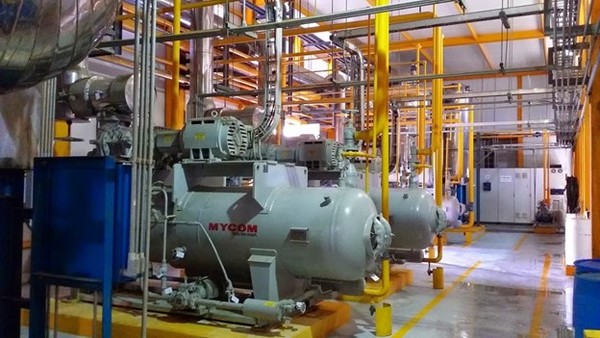Auditing Elements: Mechanical Integrity (Part 7)

In this compliance audit blog series, we have decided to focus on each program element. If you plan to lead an audit, these lists will be instructional for you. But if you want to prepare for an upcoming audit, these lists will give you an idea of what to expect.
Auditing the mechanical integrity element varies greatly based on the complexity of the covered process. Additionally, the RMP, PSM, and CalARP regulations do not list prescriptive frequencies for inspection, testing, and maintenance, but rather point to recognized and generally accepted good engineering practices (RAGAGEP). Here is a short list of some standards that may be used as RAGAGEP for various types of processes:
- Ammonia Refrigeration: ANSI/IIAR 6 Inspection, Testing, and Maintenance of Closed-Circuit Ammonia Refrigeration Systems
- Non-Refrigeration Anhydrous Ammonia Systems: CGA G-2 Anhydrous Ammonia
- Sulfur Dioxide Piping Systems: CGA G-3 Sulfur Dioxide
- Chlorine Systems: Pamphlets by The Chlorine Institute
Here are some ideas for how to audit the mechanical integrity program:
- A walkthrough of the process will give the auditor an idea of how well the system is being maintained. Obvious issues such as extensive corrosion should prompt further investigation.
- Field-verify that recommendations from past mechanical integrity inspections have been completed.
- Inspection records should be spot-checked for completeness. Are all fields on the inspection records being filled out?
- Once the appropriate frequency of an inspection or test is determined, is that frequency being met? For example, are ammonia refrigeration compressor cutouts tested on an annual basis?
- When deficiencies are found, how is the “loop closed”? Was a recommendation written or the corrective action documented?
- Is equipment operating within the limits set by the operating procedures? For example, if the ammonia refrigeration compressors are consistently running at 200 psig, this may indicate a poor mechanical integrity program.
- Finally, ensure the inspection, testing, and maintenance records adhere to documentation records prescribed by the RMP, PSM, and CalARP regulations. We previously compared the documentation requirements between the regulations and ANSI/IIAR 6 here.
This is Part 7 of a series on compliance audits. You can access previous blogs in this series below:
- Part 1: Compliance Audit Overview
- Part 2: Compliance Audit Team & Sessions
- Part 3: Compliance Audit Documentation
- Part 4: Auditing Elements: Process Safety Information
- Part 5: Auditing Elements: PHA, Compliance Audit, & Employee Participation
- Part 6: Auditing Elements: Operating Procedures & Training

Leave a Reply